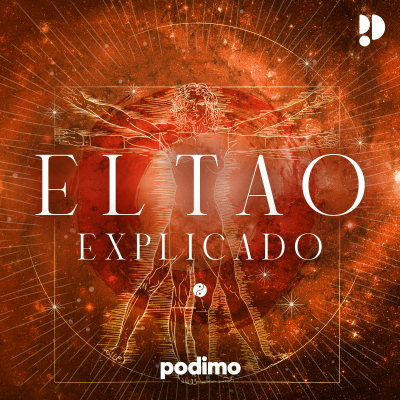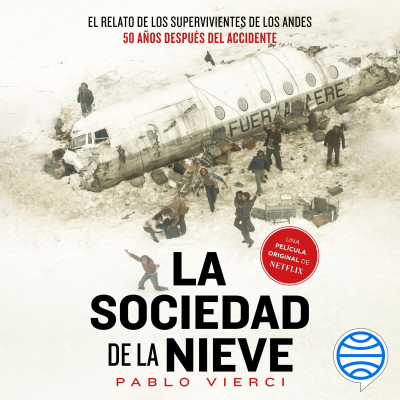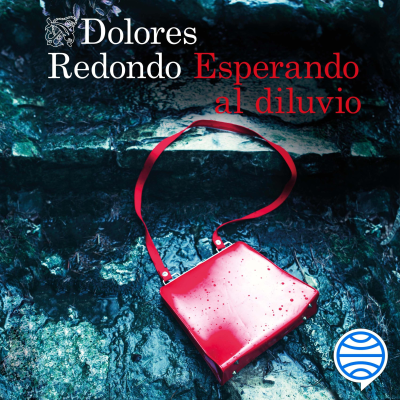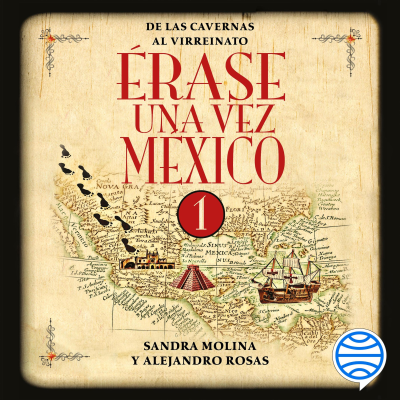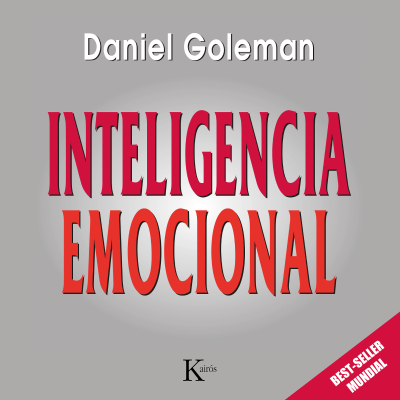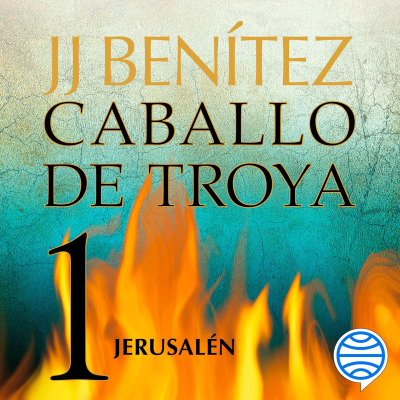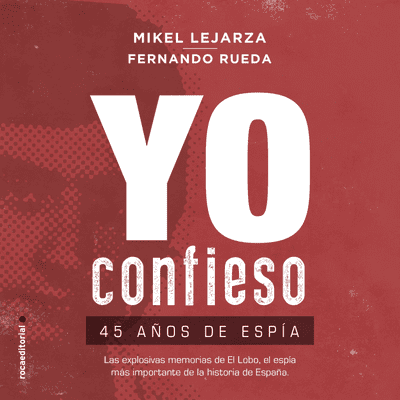
Reformed Thinking
Podcast by Edison Wu
Limited Offer
3 months for 9 kr.
Then 99 kr. / monthCancel anytime.

More than 1 million listeners
You’ll love Podimo and you’re not alone
Rated 4.7 in the App Store
About Reformed Thinking
"Reformed Thinking" is a podcast dedicated to unraveling the intricacies of biblical teachings and theological questions, influenced by the abundant heritage of Reformed theology and Puritan writings. Whether exploring weighty Bible passages or dissecting influential Reformed books and articles, our goal is to offer insights that not only cultivate intellectual expansion but also, and more crucially, spiritual edification. Join us as we traverse the depths of scripture and Reformed thought, aiming to enlighten and broaden your faith sojourn.
All episodes
1866 episodesWhat Death Meant in Eden: God’s Warning Explained | Jonathan Edwards
Deep Dive into The Doctrine of Original Sin by Jonathan Edwards - Concerning the Kind of Death, Threatened to Our First Parents, if They Should Eat of the Forbidden Fruit Misery is understood primarily as a state standing in direct opposition to happiness, particularly the perfect state of happiness Adam enjoyed at creation. Edwards utilized this conceptual opposition to argue against a restrictive reading of the "death" threatened in Genesis, which was advocated by Dr. T. Dr. T.'s initial view of death was narrow, defining it strictly as the "losing of life" or the loss of the physical existence God gave Adam. He insisted that anything beyond this, such as eternal punishment, was pure conjecture. Conversely, Edwards argued that because death is opposed to life, and Adam’s original life was a truly happy life characterized by perfect righteousness and the favor of his Maker, the opposing state must be perfect, perpetual, and hopeless misery under the divine curse. Edwards stressed that misery is not simply the absence or loss of happiness; such a conclusion would be flawed, just as concluding that sorrow means only the loss of joy. Instead, misery is a condition of total, confirmed wickedness and sensible, hopeless ruin that directly contrasts with a blessed, happy existence. This interpretation aligns with Edwards's overall position that the death threatened to Adam was eternal death, which is the proper wages of sin. This meaning is also supported by the dual signification in ancient Hebrew, where the word translated as "death" properly signifies both physical destruction and this ultimate state of perfect misery. Furthermore, Edwards notes that Dr. T. himself affirms that "death," when discussed throughout the rest of Scripture (including the Law of Moses and the writings of Paul and James), consistently means eternal death or the second death—a final spiritual consequence "widely different from the death we now die," which Dr. T. often refers to as eternal destruction. Thus, the state of perfect misery is the necessary counterpart to the happiness Adam lost and the eternal life he failed to gain. Reformed Theologian GPT: https://chat.openai.com/g/g-XXwzX1gnv-reformed-theologian https://buymeacoffee.com/edi2730
Sons, Not Slaves: Freedom Through Christ (Galatians 4) | F. F. Bruce
Deep Dive into The Epistle to the Galatians by F. F. Bruce - Galatians 4 It is my pleasure to provide a summary of the core themes discussed regarding Paul's argument for freedom in Galatians. Paul uses a comprehensive theological and allegorical framework to define the spiritual status of believers in Christ. His central assertion is that Christ's mission secures the believer's spiritual freedom and full sonship, moving them out of a former state of slavery. Prior to Christ, humanity was in a state of bondage. For the Jews, this bondage was defined by existence under the Law (the Mosaic Law). Paul equates this legal existence with being enslaved under the elemental forces of the world (stoicheia), which he considers weak and beggarly. The stoicheia refer to "rudiments" or "first principles," and they plainly include the restrictive Law, which served as a custodian over the people during their religious "infancy." Paul uses the phrase "yoke of slavery" to signify the heavy, disagreeable burden and legal obligation of the Law. This bondage is powerfully illustrated in Paul's allegory of Hagar and Sarah. Hagar, the slavegirl, represents the covenant from Mount Sinai, which bears children for slavery. She corresponds to the "present Jerusalem," which signifies the entire legal system of Judaism. Hagar’s son, Ishmael, born according to the flesh, represents the people who rely on the Law for justification, and they are ultimately excluded from the inheritance. When the appointed time had fully come, God sent forth His Son to redeem those who were under law so that they might receive their instatement as sons (huiothesia). Christ's redemptive work provides liberty, establishing the believer as no longer a slave, but a son, and if a son, then also an heir through God. This new status is confirmed by the Holy Spirit, who God sends into the believers’ hearts, crying ‘Abba, Father!’ This spontaneous invocation of "Abba" (an affectionate, domestic term for Father) is a witness of their sonship, allowing them to express their intimate familial trust with God. The mother of the free is the Jerusalem above, which is free and is declared to be "our mother." Her children are the children of promise, like Isaac, who receive their inheritance and spiritual status through faith in God’s word, not through legal works. The Galatians' fault was their choice to turn back to legalism by observing ritual days and seasons, thereby risking submission to the yoke of slavery all over again and jeopardizing the freedom Christ had established for them. Slavery Under the Old OrderFreedom and Sonship in Christ Reformed Theologian GPT: https://chat.openai.com/g/g-XXwzX1gnv-reformed-theologian https://buymeacoffee.com/edi2730
Given Authority to Become Children of God: Receiving the Son by Faith (John 1:12–13)
Deep Dive into Given Authority to Become Children of God: Receiving the Son by Faith (John 1:12–13) The prologue of John’s Gospel establishes a clear theological relationship between divine action and human faith, defining how one enters God’s family and securing the believer’s standing. The entire Gospel, including the recorded miracles or "signs," serves the primary purpose of generating saving faith. These signs are written so that readers may believe that Jesus is the Christ, the Son of God, and thereby have life in His name. Each sign reinforces this goal, either by displaying the Light or exposing darkness, and summoning the reader to reception. Receiving Christ is explicitly defined in John 1:12 as "believing in his name." This is a specific, personal welcome (lambanō)—an active entrustment and personal reliance (pisteuō eis) upon the Son’s revealed identity and saving mission. This faith is the necessary instrument by which the sinner accepts the gift of salvation. The gift conferred by the Son is the exousia—the right or authorized standing to become children of God. This term signifies a legal and relational decree, akin to adoption papers sealed by a king, assuring the believer that their place in the family is secure and not a fragile courtesy. Crucially, this new status is grounded in the decisive, divine action defined in John 1:13. The new birth is monergistic, originating solely "of God." The text shuts the door on all human causes: it denies that sonship comes from ancestry ("not of blood"), natural impulse ("nor of the will of the flesh"), or autonomous human resolve ("nor of the will of man"). These negations prevent reliance on pedigree religion, moral striving, and decisionism. Faith is thus understood as the immediate, living expression of the life that God has already granted through His begetting. This interplay binds faith (the instrument) to regeneration (the cause), ensuring that divine action undergirds and enables human faith. Reformed Theologian GPT: https://chat.openai.com/g/g-XXwzX1gnv-reformed-theologian https://buymeacoffee.com/edi2730
The King’s Word and Works: Teaching, Heralding, and Healing (Matthew 4:23–25)
Deep Dive into The King’s Word and Works: Teaching, Heralding, and Healing (Matthew 4:23–25) Thank you for the request. It is valuable to consolidate the key themes about Jesus’ early ministry as presented in the sources. The central section of Matthew’s Gospel (chapters 5–9) is fundamentally defined by the threefold pattern of Jesus’ customary public work: **teaching, heralding, Gospel (chapters 5–9) is fundamentally defined by the threefold pattern of Jesus’ customary public work: teaching, heralding, and healing. Matthew introduces this triad in 4:23 and uses it to create a deliberate structural frame, repeating it in 9:35. This structure divides the narrative into two movements: the King's Words (the Sermon on the Mount in chapters 5–7, emphasizing doctrine and instruction) and the King's Deeds (the miracle cycle in chapters 8–9, showcasing His power and compassion). This pairing of word and deed is critical because it ensures that the works confirm the words, and the words interpret the works. This integration guards against two missteps for the audience: spectacle-hunting (following Jesus for marvels without submitting to His teaching) and moralism (admiring His ethics while ignoring the divine power that authenticates His mission). The narrative pivots from the magnetic attraction of the crowds to the seated disciples to emphasize that amazement must yield to submission to instruction. Jesus' healing ministry is comprehensive, addressing "every disease and every affliction," including moral-spiritual tyranny (the demonized) and bodily ruin (seizure-sufferers and paralytics). These healings function as enacted sermons and kingdom signs that reveal power joined to pity, displaying the royal prerogative to reverse the curse and confirming the heralded message of God's saving reign. These deeds align with Isaianic expectations for the Messiah. The geographical reach of Jesus’ fame, which spread "through all Syria" and drew great crowds from Galilee, the Decapolis (Gentile-heavy territory), Jerusalem, Judea, and beyond the Jordan, signals that the King's authority is universal in scope. This diverse gathering foreshadows the final command to disciple all nations. The Sermon itself is presented not as detached ideals, but as the royal charter and living rule of the present King. Reformed Theologian GPT: https://chat.openai.com/g/g-XXwzX1gnv-reformed-theologian https://buymeacoffee.com/edi2730
Barred Eden and the Opened Way: From Exile to Access (Genesis 3:22–24)
Deep Dive into Barred Eden and the Opened Way: From Exile to Access (Genesis 3:22–24) It’s a pleasure to synthesize the key elements we’ve discussed regarding Eden, the subsequent need for access, and its resolution. The narrative that begins with Genesis 3:22–24 functions as a doctrinal hinge for the entire Bible, establishing the principles of God’s holiness and the necessity of redemption. Eden as the Prototype Sanctuary and the Barred Way The Garden of Eden was the first sanctuary, a holy space where God’s immediate presence dwelt, marked by God walking there. Adam was commissioned to "work and keep" this holy space, using verbs later associated with the priesthood. Upon transgression, God enforced a righteous sentence and a severe kindness by expelling Adam. The expulsion was judicial, closing sanctuary life to sinners, but it was also merciful, preventing humanity from achieving immortalized rebellion (unending existence twisted by guilt). To enforce this, God installed a full blockade at the east of the garden: cherubim, functioning as throne guardians, and a flaming sword, symbolizing God's unrelenting justice. This guarded "way" set the theological template for the rest of Scripture, teaching that God is near and holy, and that worship must be regulated, not improvised. The Opening of the New and Living Way This guarded way was not closed forever, but acted as a compass pointing toward the promised Seed: Jesus Christ, the only Mediator. Access is restored not by human effort or ritual ingenuity, but by Christ's atoning sacrifice. Christ did not slip past the flaming sword; He stood under it, bearing the wrath and satisfying divine justice. This decisive act was signaled when the curtain of the temple was torn in two at His death. This event answered the enigma posed at Eden’s gate, removing the barrier visually recited by the veil embroidered with cherubim. Christ thereby consecrated the "new and living way through the curtain, that is, through His flesh," granting believers confidence to enter the holy places by His blood. The narrative concludes in the New Jerusalem, where the Tree of Life is restored and appears not guarded by flame. The sword is sheathed because the Lamb has borne the wrath, securing final and lawful access for the redeemed. Reformed Theologian GPT: https://chat.openai.com/g/g-XXwzX1gnv-reformed-theologian https://buymeacoffee.com/edi2730

More than 1 million listeners
You’ll love Podimo and you’re not alone
Rated 4.7 in the App Store
Limited Offer
3 months for 9 kr.
Then 99 kr. / monthCancel anytime.
Exclusive podcasts
Ad free
Non-Podimo podcasts
Audiobooks
20 hours / month


